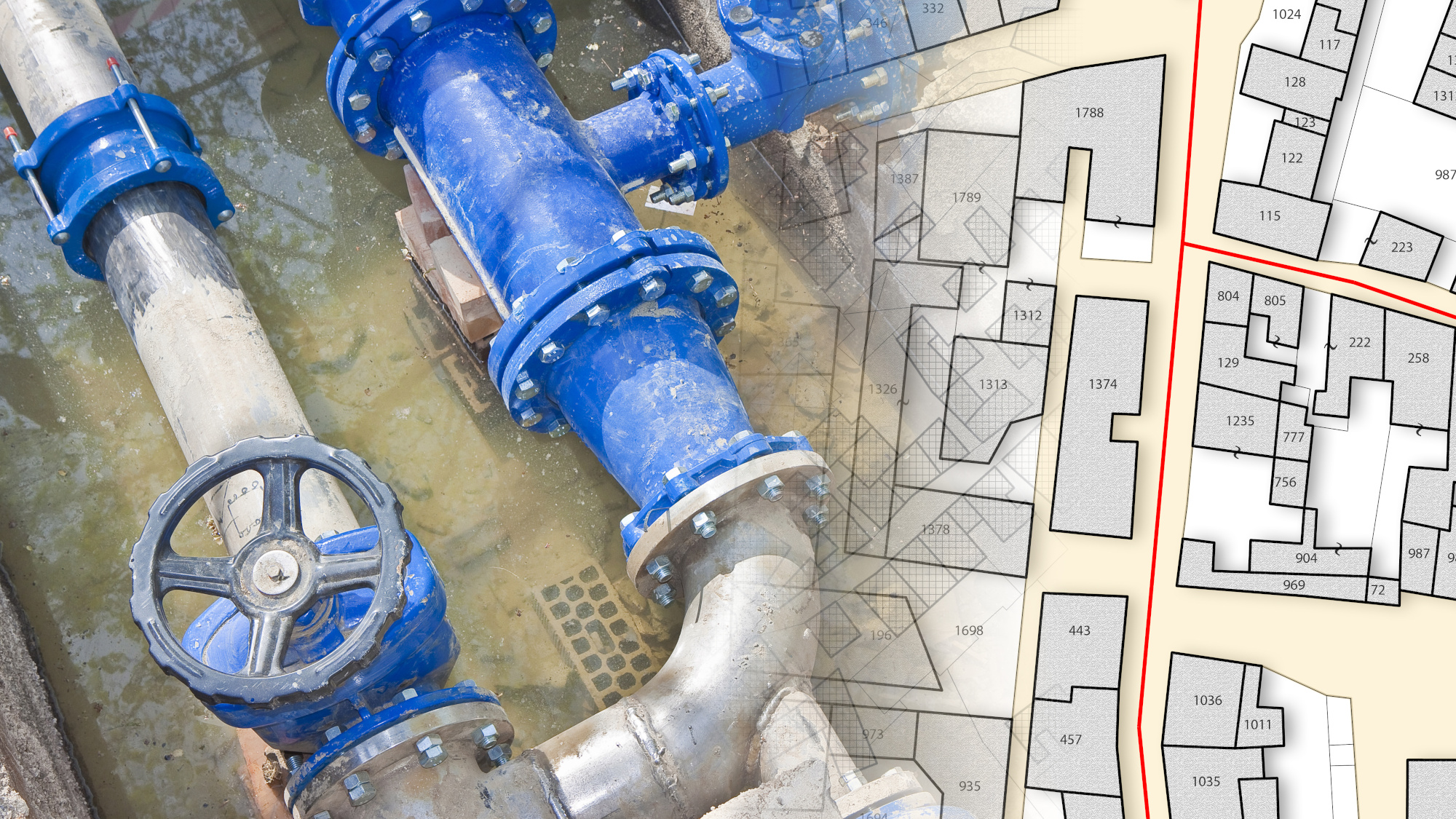
Optimising Water Resources Management with Artificial Intelligence
Reducing water loss and optimising the use of water resources through artificial intelligence – this is the goal of the Smart Digital Water System project, promoted by Fondazione DIG421 in collaboration with Tesisquare, Alpi Acque S.p.A., and Politecnico di Torino. The initiative has resulted in the deployment of a new technology developed by Politecnico, which has already been successfully tested in several municipalities in Piedmont.
This solution was designed to support local authorities and businesses that rely heavily on water, improving the efficiency of water network management.
The system relies on sensors installed at key points in the water distribution network, capable of detecting water flow and pressure within the pipelines in real time. The data collected is transmitted to a cloud platform which, thanks to advanced artificial intelligence algorithms, can identify leaks, report anomalies, and support operators in making quick and informed decisions.
In this way, Smart Digital Water System allows for faster leak localisation, reducing response times and maintenance costs; at the same time, it enables operators to detect potential issues, contributing to the resilience and sustainability of the entire water infrastructure.
The technology was developed within the Electronic Design Automation (EDA) interdepartmental research group at Politecnico di Torino, coordinated by Professor Enrico Macii. The group involves researchers from the Interuniversity Department of Regional and Urban Studies and Planning-DIST and the Department of Control and Computer Engineering-DAUIN. EDA group activities focus on the design and development of automated techniques for complex systems, with applications ranging from smart cities to Industry 4.0, additive manufacturing, advanced digital technologies, and neuromorphic computing.
Smart Digital Water System was coordinated by Gianvito Urgese, Professor at DIST, who highlights: “The goal was to create a fully automated system capable of promptly notifying operators about any anomalies detected in a water district, making it easier to identify leaks in the network”.
The technology is designed to be user-friendly thanks to a dedicated dashboard, allowing water network operators to visualise data in real time. Currently, the system has reached an accuracy of between 80% and 85%: all real leaks are correctly identified, though occasional false positives still occur. The research team is now refining the algorithms to further improve performance and reduce unnecessary alerts.
The Smart Digital Water System was tested in the municipalities of Marene and Cavallermaggiore, in Piedmont. The project was promoted by Fondazione DIG421, in collaboration with Tesisquare and Alpi Acque S.p.A.
In Cavallermaggiore, in particular, Politecnico di Torino developed a digital twin of the municipal water network: a hydraulic simulation model capable of virtually replicating the behaviour of the infrastructure. This allowed simulations of the effects of operational changes, such as opening or closing valves, before applying them to the real network. The digital twin also facilitated the planning of the districting of the water network, implemented by Alpi Acque S.p.A., and supported the execution of subsequent technical interventions.
The project represents a concrete step towards more efficient and sustainable water management and confirms the importance of collaboration between universities, businesses, municipalities, and regional organisations in achieving common goals. Tesisquare provided financial and technological support for the trials, Alpi Acque S.p.A. offered access to its infrastructure for real-world testing, while Fondazione DIG421 coordinated all participating stakeholders. Finally, local administrations were able to benefit immediately from the results of the research.
The EDA group’s work does not stop here: further developments of the prototype are underway, aimed at enhancing historical leak analysis, improving the processing of pressure sensor data, and increasing accuracy in pinpointing the exact location of leaks. There are also plans to integrate a chatbot that will allow operators to interact with the system using natural language requests for reports and analyses without needing specialist support. The platform has already delivered tangible operational results for water network managers, helping to improve the quality and sustainability of the service provided to both citizens and local areas.